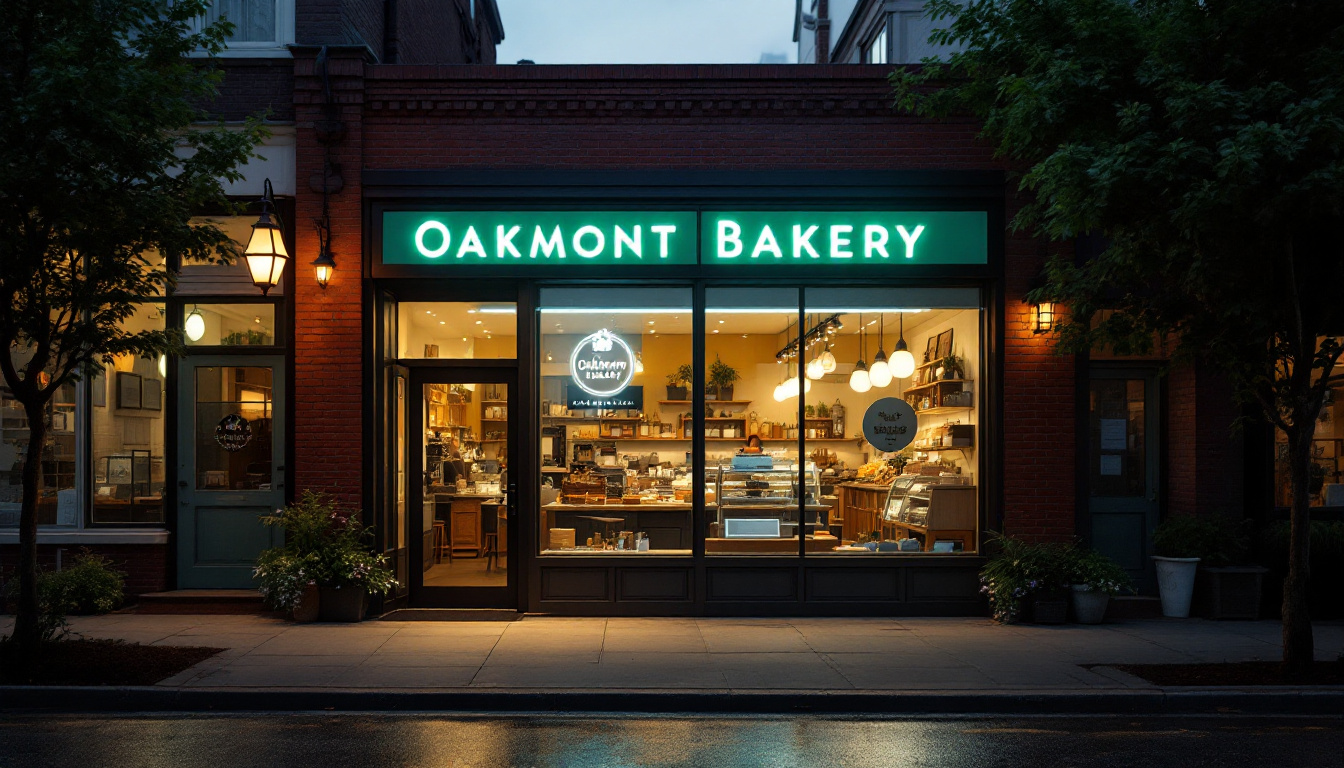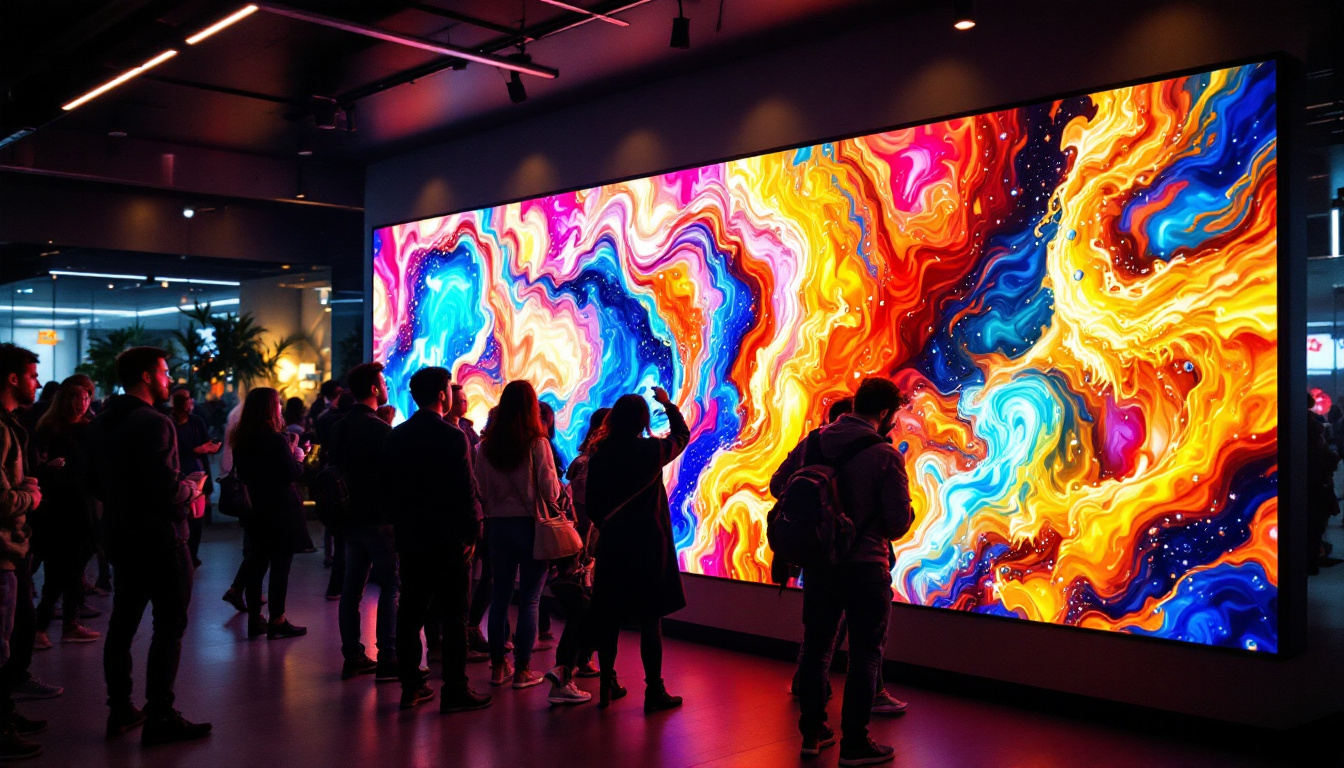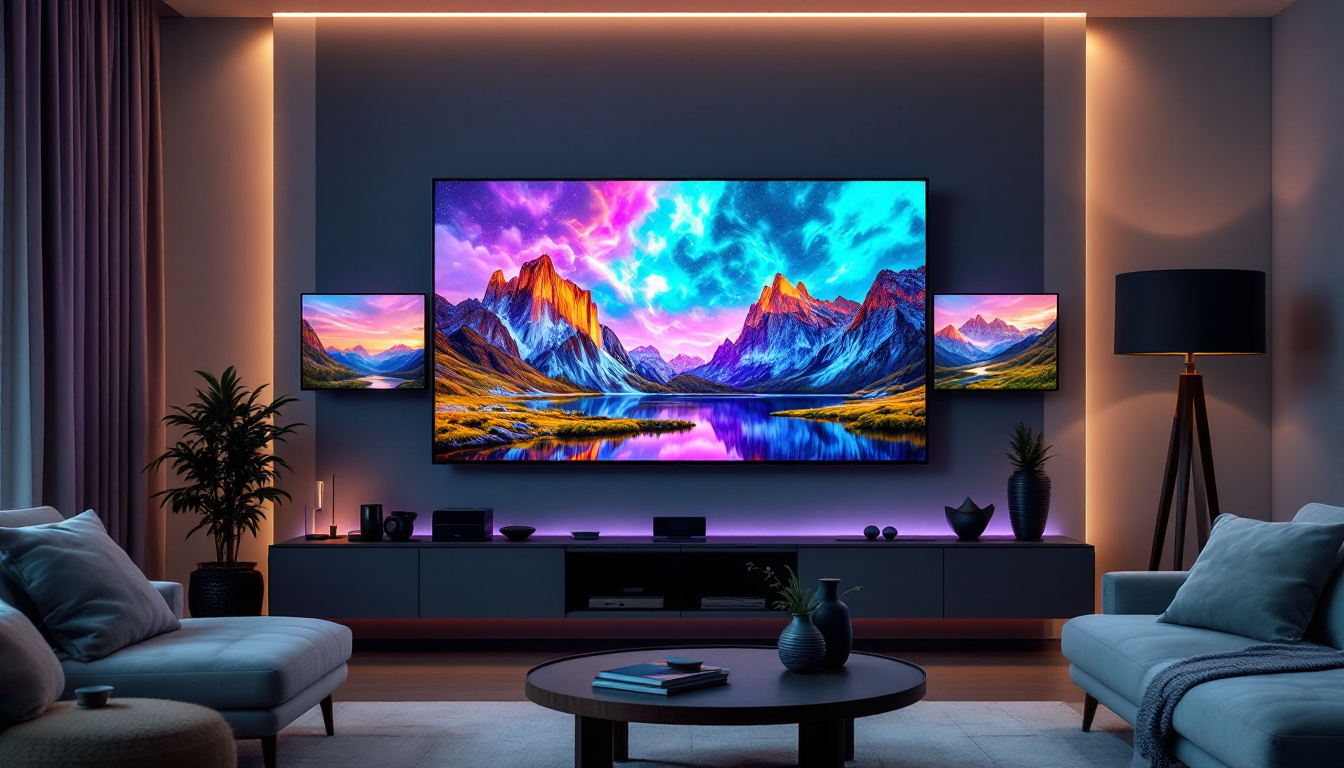The recent incident involving the owner of Oakmont Bakery and allegations of retail theft has sparked significant discussions in the community. This case not only raises questions about ethics and accountability in business but also highlights the role of technology, particularly LED displays, in modern retail environments. This article delves into the details surrounding the incident, the implications for the bakery, and the broader context of retail theft in the digital age.
Understanding the Incident
In an unexpected turn of events, the owner of Oakmont Bakery was accused of engaging in retail theft. This allegation has sent shockwaves through the local community, known for its strong support of local businesses. The bakery, a beloved establishment, has been a staple in the area for years, and the owner’s reputation has been built on years of hard work and dedication. Known for its artisanal breads and delectable pastries, Oakmont Bakery has not only provided delicious goods but has also served as a gathering place for locals, hosting events and supporting community initiatives.
Details of the Allegation
According to reports, the incident involved the alleged theft of goods from a supplier. The specifics of the case indicate that the owner may have taken items without proper payment, leading to serious legal implications. While the exact details are still emerging, the allegations have prompted discussions about the ethical responsibilities of business owners. The bakery’s supply chain, which includes local farms and producers, has been a point of pride for the owner, making the allegations particularly troubling for those who value ethical sourcing and community support.
Community Reactions
The community’s response has been mixed. Many loyal customers and supporters of the bakery expressed shock and disbelief at the news. Social media platforms have been filled with comments ranging from support for the owner to calls for accountability. This incident has stirred emotions, as the bakery has long been seen as a cornerstone of the local economy. Local residents have organized informal gatherings to discuss the situation, emphasizing the importance of standing by businesses that contribute positively to the community while also acknowledging the need for integrity in business practices.
Legal Implications
Retail theft is a serious offense, and the legal consequences can be significant. If the allegations are proven true, the owner may face fines, restitution, or even jail time. The legal process will unfold over the coming weeks, and it remains to be seen how this will impact the bakery’s operations and reputation. Furthermore, the case raises questions about the broader implications for small businesses in the area, as other owners express concern over how such allegations can affect public perception and customer trust. The potential fallout could lead to a reevaluation of business practices across the community, prompting discussions about transparency and ethical conduct among local entrepreneurs.
The Role of Technology in Retail
As the retail landscape evolves, technology plays an increasingly crucial role in how businesses operate. One of the most significant advancements in recent years has been the introduction of LED displays, which have transformed the way products are marketed and sold.
Benefits of LED Displays
LED displays offer numerous advantages for retailers. They are energy-efficient, long-lasting, and capable of displaying vibrant colors that attract customers’ attention. For a bakery like Oakmont, an LED display can showcase daily specials, promote new products, or even share customer testimonials. This technology not only enhances the shopping experience but also helps businesses communicate effectively with their clientele. Furthermore, the flexibility of LED displays allows for creative marketing strategies, such as animated graphics or video content, which can captivate potential customers as they walk by, making them more likely to enter the store.
Impact on Customer Engagement
In a competitive retail environment, engaging customers is essential. LED displays can significantly enhance customer interaction by providing dynamic content that can be updated in real-time. This means that promotions can be adjusted based on inventory levels or seasonal trends, allowing businesses to respond quickly to market demands. Additionally, integrating social media feeds into these displays can create a sense of community and encourage customer participation, as shoppers can see their own posts or reviews featured in-store. This not only boosts engagement but also fosters brand loyalty, as customers feel more connected to the business and its offerings.
Challenges and Considerations
Despite the benefits, there are challenges associated with implementing LED displays. The initial investment can be substantial, and businesses must also consider maintenance and operational costs. Additionally, there is the question of content management; ensuring that the displayed information is accurate and appealing requires ongoing effort and creativity. Retailers must also be mindful of the placement of these displays; strategic positioning is key to maximizing visibility and impact. Moreover, as consumer preferences shift towards more personalized shopping experiences, businesses may need to invest in advanced analytics tools to tailor their content effectively, further complicating the implementation process.
Future Trends in Retail Technology
Looking ahead, the integration of artificial intelligence (AI) with LED displays is poised to revolutionize the retail experience even further. AI can analyze customer behavior and preferences in real-time, allowing retailers to customize their messaging and promotions on-the-fly. Imagine walking into a store where the LED display recognizes you and showcases products based on your past purchases or preferences. This level of personalization could significantly enhance customer satisfaction and drive sales. Additionally, the rise of augmented reality (AR) could work in tandem with LED technology, creating immersive shopping experiences that blend the physical and digital worlds, enticing customers to explore and engage with products in innovative ways.
Retail Theft: A Growing Concern
Retail theft is not a new phenomenon, but it has become a growing concern for businesses across the globe. The rise of e-commerce and changing consumer behaviors have contributed to an increase in theft incidents, prompting retailers to adopt new strategies to protect their assets.
Statistics and Trends
Recent studies indicate that retail theft has reached alarming levels, with billions of dollars lost each year. Factors such as economic downturns, increased unemployment, and the rise of organized retail crime have all played a role in this trend. Retailers are now more vigilant than ever, employing advanced security measures to combat theft. In fact, according to the National Association for Shoplifting Prevention, approximately 1 in 11 people in the U.S. have shoplifted at some point in their lives, highlighting the pervasive nature of this issue. Furthermore, the advent of online shopping has also led to a rise in “porch piracy,” where thieves steal packages left on doorsteps, adding another layer of complexity to retail theft.
Strategies for Prevention
To mitigate the risks associated with retail theft, businesses are adopting a variety of strategies. This includes the use of surveillance cameras, security personnel, and advanced inventory management systems. Additionally, employee training programs are being implemented to educate staff on recognizing suspicious behavior and responding appropriately. Retailers are also leveraging technology such as RFID (Radio Frequency Identification) tags to track inventory more effectively and deter theft. These tags not only help in monitoring stock levels but also trigger alarms if items are removed from the store without proper checkout, creating an additional layer of security that can deter potential thieves.
The Role of Community Awareness
community involvement is also crucial in addressing retail theft. Local businesses can benefit from fostering relationships with law enforcement and community organizations to create a united front against crime. Awareness campaigns can help educate the public about the impact of retail theft on local businesses, encouraging community members to report suspicious activities. Moreover, community watch programs can be established, where local residents collaborate to keep an eye on retail areas, sharing information and tips that can help reduce theft incidents. Engaging with local schools and youth organizations can also play a vital role in prevention efforts, as educating young people about the consequences of theft can instill a sense of responsibility and deter future criminal behavior.
Conclusion: Moving Forward
The situation surrounding Oakmont Bakery serves as a reminder of the complexities that business owners face in today’s retail environment. While the allegations of theft are serious, they also highlight the importance of ethical practices and the potential consequences of unethical behavior. As the legal process unfolds, the bakery’s future remains uncertain, but the community’s support will be crucial in navigating this challenging time.
Furthermore, the discussion around LED displays and their role in retail underscores the need for businesses to adapt to technological advancements while maintaining integrity in their operations. Retail theft remains a significant concern, but with proactive measures and community engagement, businesses can work towards creating a safer and more ethical retail landscape.
In conclusion, the Oakmont Bakery incident is more than just a story of alleged theft; it is a reflection of the challenges and responsibilities that come with running a business in today’s world. As the community rallies around the bakery, it serves as a poignant reminder of the importance of support, accountability, and the ongoing fight against retail theft.
Enhance Your Retail Experience with LumenMatrix
As we navigate the complexities of the retail industry and strive for ethical business practices, technology like LED displays can play a pivotal role in enhancing customer engagement and preventing retail theft. LumenMatrix, a leader in innovative LED display technology, offers a range of solutions that can transform your retail space into a dynamic and secure environment. From Indoor and Outdoor LED Wall Displays to Custom and All-in-One LED solutions, LumenMatrix is committed to revolutionizing visual communication. Check out LumenMatrix LED Display Solutions today and take the first step towards creating a captivating and safe retail experience for your customers.































